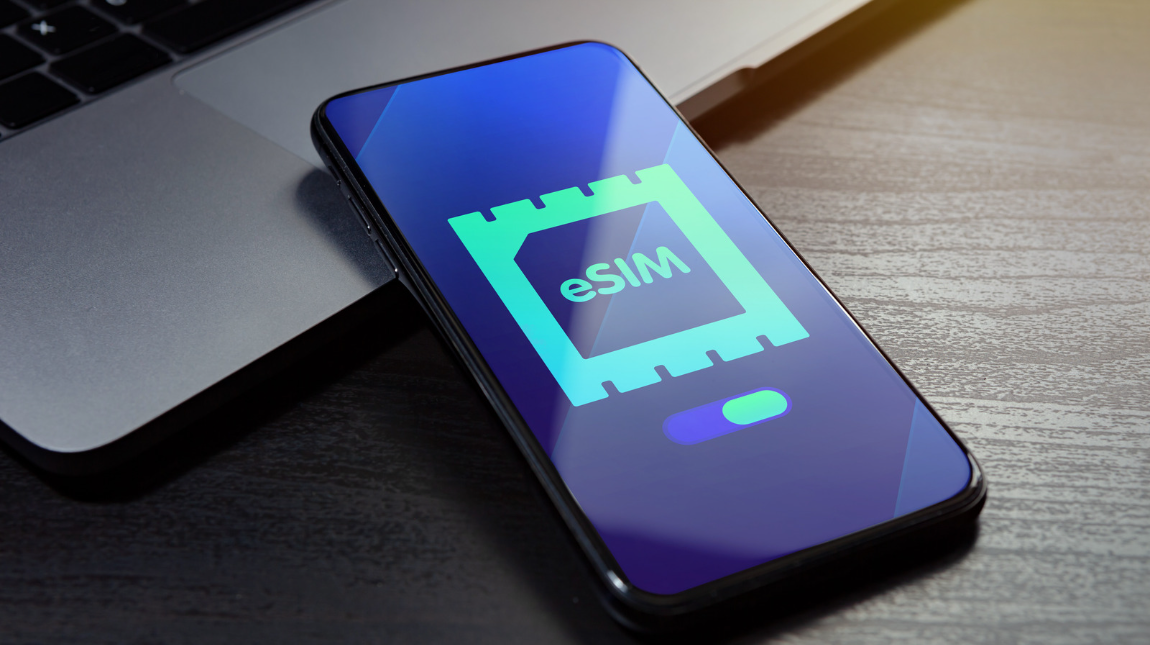Breaking Down Barriers in eSIM Transfer: An Inside Look with NetLync's Senior Backend Developer

Sit down with Marc Wilson, Senior Backend Developer at NetLync, to discuss eSIM Quick Transfer and how NetLync's Entitlements-as-a-Service® (EaaS®) solution is breaking down barriers in the eSIM transfer market.
Marc provides an inside look at how eSIM Quick Transfer can be deployed on NetLync's platform, the steps involved in the process, and how the platform ensures the secure handling of eSIM data. Join us for an informative conversation on the future of eSIM transfer and how NetLync is leading the way.
Can you explain how eSIM Quick Transfer can be deployed on NetLync’s platform and what are the steps involved?
Marc Wilson: After creating your account on our Developer Portal, you are able to select from a list of your desired use cases. Once you've selected the eSIM Quick Transfer use case, we provide you with a list of APIs you must implement and provide tools for automating testing and validation of your implementation. Yes, it's really that easy!
How is the eSIM data securely handled to prevent any unauthorised access or tampering?
MW: Communication between our EaaS® and carrier API implementations are secured with HTTPS and authenticated with mutual TLS. All data at rest or in transit within our data centres is secured with AES-256 encryption.
What are the challenges associated with eSIM transfer on other solutions available in the market today, and how are they addressed with NetLync’s Entitlements as a Service?
MW: Our solution has been built from the ground up with developers in mind. With other solutions, your development team typically needs to coordinate with an integration partner and each use case requires a bespoke implementation which results in long development times.
With NetLync, you don’t need to collaborate with an integrator and can implement the required APIs at your own pace. We’ve broken down the use cases into small, composable APIs that make development manageable. Future use cases can be supported by using components from your existing use case implementations, allowing you to leverage your existing investment.
What devices do you support today?
MW: The NetLync platform supports any device running iOS and eSIM Quick Transfer requires iOS 16+. We're adding support for Android devices later this year.
With NetLync's Entitlements-as-a-Service® platform, eSIM transfer can be made simple and secure for carriers and their customers. If you want to learn more about eSIM Quick Transfer and how it can benefit your business, head over to NetLync's Developer Portal and sign up for an account today!
If you have any questions or want to arrange a demo, please contact us.